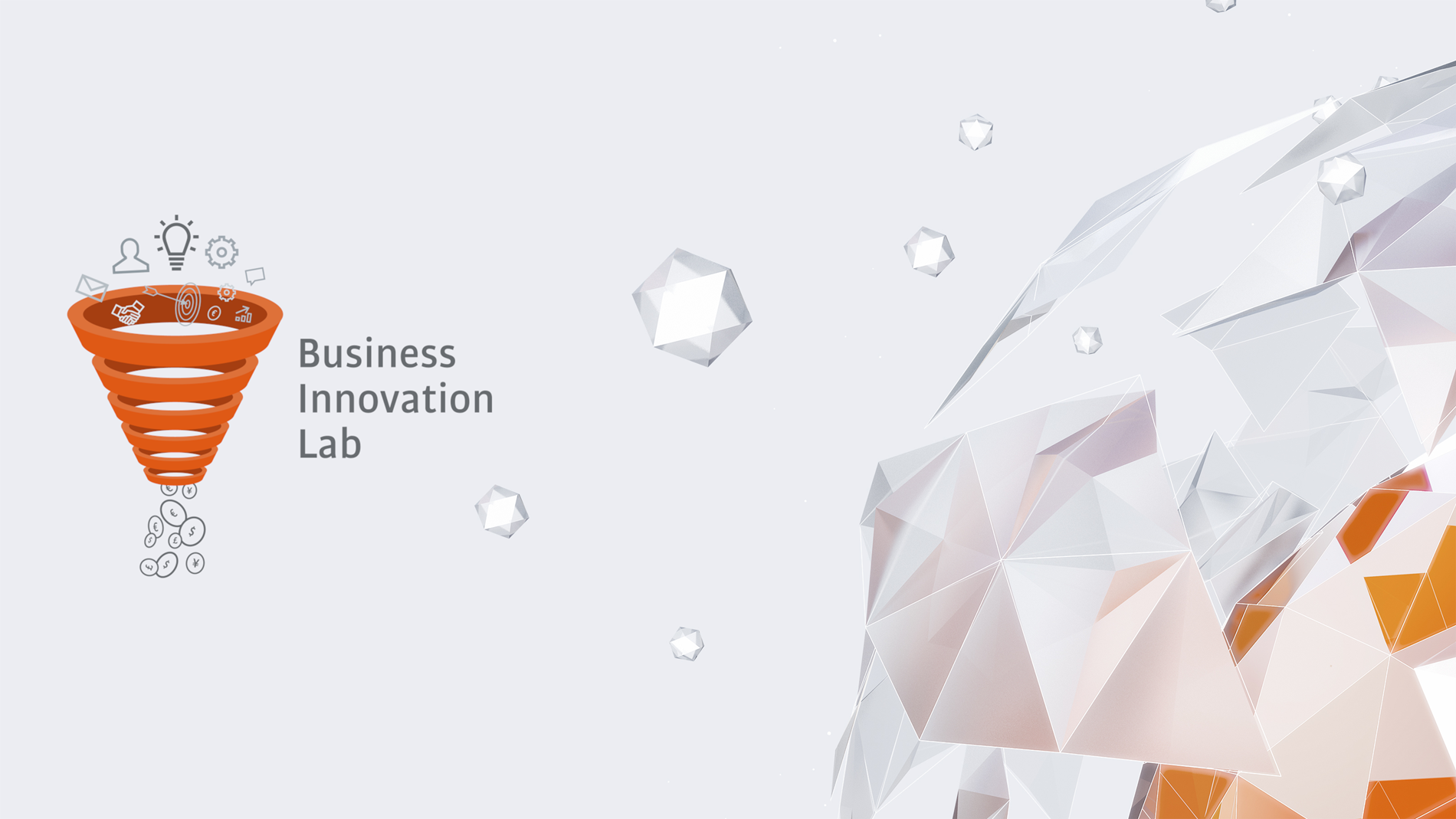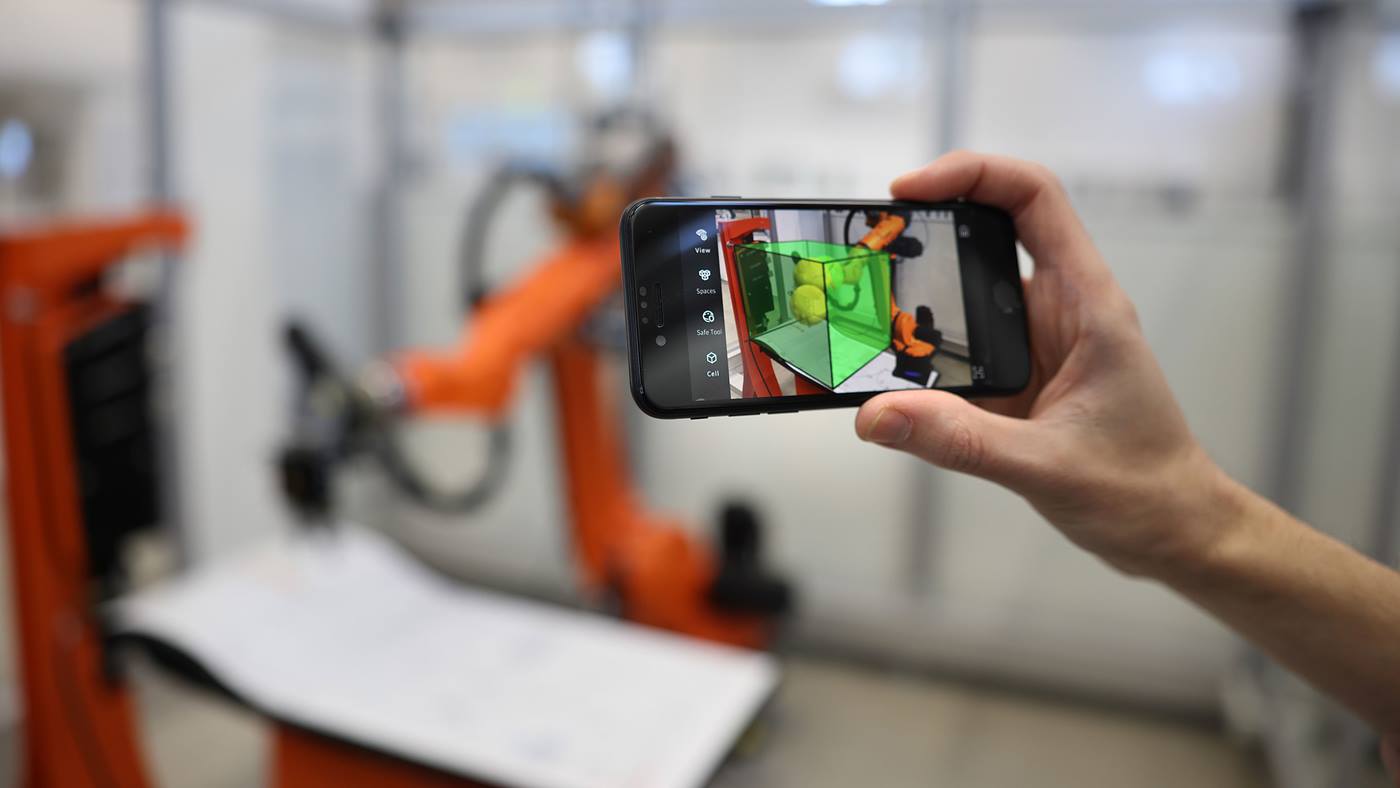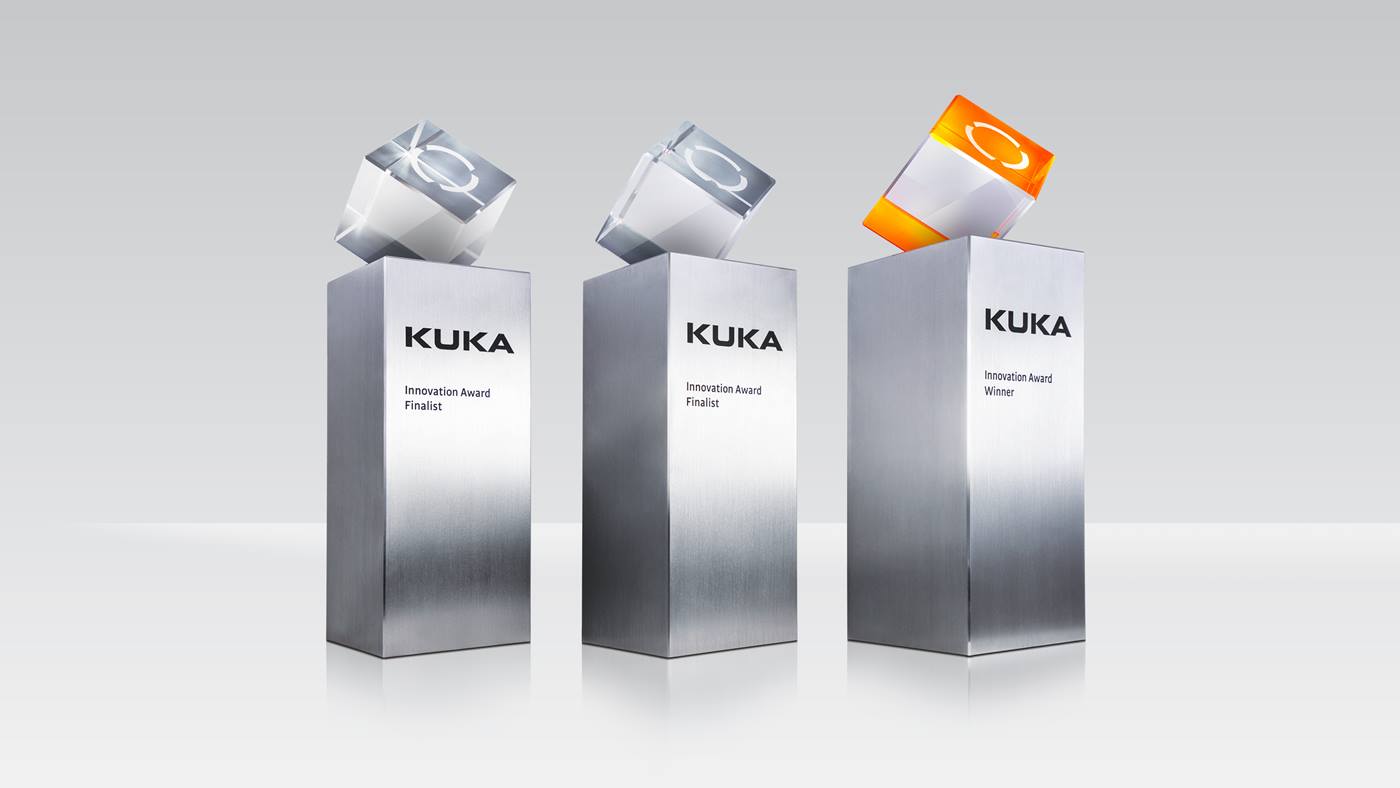Innovation management at KUKA
Innovation management is the active development of new business within KUKA, but we also drive innovation together with external partners, customers and suppliers. To achieve this, we create processes to enable the successful commercialization of innovative ideas. The necessary governance is also being established within the company. For us, this means on the one hand who can make which decisions and on what criteria the decisions are based, and on the other hand that innovation is an integral part of our corporate strategy.
KUKA provides all employees an access to methods and knowledge to generate new ideas, thereby fostering a corporate culture that enables innovation even more easily.
Our innovation Strategy
To enable innovation, our innovation strategy consists of five building blocks:
1. Building organic innovation from our internal teams across the company.
2. Buying acquisitions of companies with a technology complementary to KUKA’s business priorities.
3. Partnering by creating solutions and go-to-market strategies with technology and service partners.
4. Investing in direct and indirect promising startups, entrepreneurs, and venture funds (in development).
5. Co-developing by working with customers, leading innovators, and decision makers on new industry trends
To engage all employees and ensure that all ideas are heard, we run bi-annual internal, global, cross-segment innovation challenges. The ambition of these innovation challenges is to generate a number of innovative ideas that will be presented to our jury, who will then select a small number of the ideas to move forward towards implementation. They are based on employee engagement, self-appointed teams, and the idea of learning prior to starting the building process.
Once selected, the ideas become projects with a dedicated team, budget and time allocation in our Business Innovation Lab, our internal Incubator and Accelerator.
Business Innovation Lab
The goal of the business innovation lab is to help innovation project participants search for and find a repeatable, scalable, profitable business ready for implementation. In the Business Innovation Lab, innovation teams learn a structured and repeatable process to validate their business idea in a fast, cheap and methodical way.
The Business Innovation Lab is split into three phases. After each phase, teams must fulfill certain criteria to move on to the next phase.
Best practice example: Mixed Reality Interface
One product, that made all its way from an idea, through an innovation challenge, through the Business Innovation Lab into development is our Mixed Reality Interface. The basic idea of this solution is to visualize application data as well as robot paths directly at the cell, thus enabling commissioning tasks to be completed more quickly and easily. To do this, we are using mixed reality technology.








